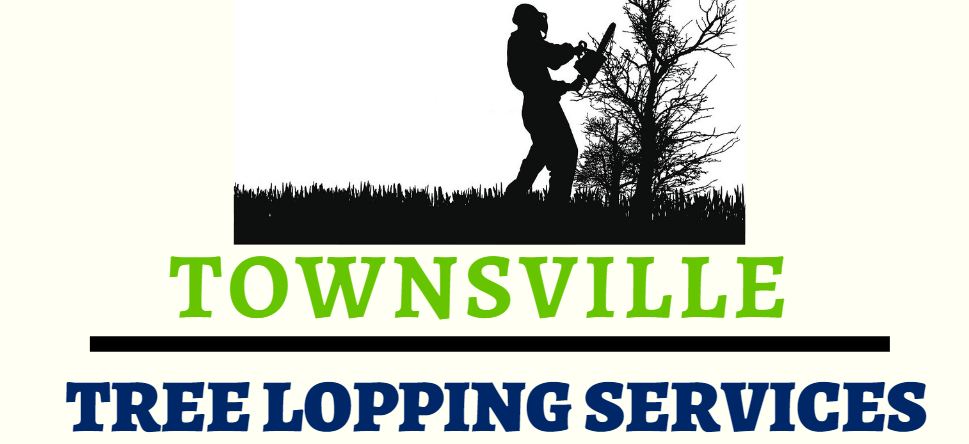Written by Tom Doherty and published on https://nipgroup.com/.
Training for Trees runs a number of courses that cover the sectional removal of trees, roping down techniques, and rigging systems. It is a legal requirement that any personal protective clothing, machinery tools and workplace equipment conforms to relevant Australian Standards, is fit for purpose, is in good working order and is well maintained. It is also a requirement to follow any relevant industry codes of practice.
Table of Contents
Regular Tree Climbing Gear Inspections & Arborist Safety
Risk management is a top priority for every tree care business, as lackluster health and safety practices can lead to serious on-the-job injuries, even deaths. From the moment tree professionals set foot on a job site, there should be clear policies and procedures in place to protect them from both known and potential threats. According to the most recent data from the Bureau of Labor Statistics, fatal work-related falls to a lower level increased by nearly 26% between 2011 and 2016, making it one of the most common types of hazards across industry lines. For utility arborists and other tree pros, conducting tree climbing gear inspections is part of their daily routine. But to ensure your workforce is prepared for a possible accident, it’s crucial to promote safety awareness and maintain a documented tree care equipment inspection program.
What are the main causes of tree care injuries?
Tree care professionals contend with all sorts of natural and man-made hazards, from sudden bouts of intense weather to steep inclines around the trees they’re pruning. Just as worksite risk assessments help arborists locate environmental threats, tree climbing gear inspections provide a layer of oversight to prevent fatal equipment malfunctions. According to the Tree Care Industry Association, falling or slipping from a ladder is the most expensive type of injury, with an average cost per claim of around $126,000. While these sorts of accidents only account for 1% of all injury claims, they amount to roughly 9% of all claim costs in the tree care industry. While some falls can be attributed to uneven terrain or improper use, many accidents occur due to faulty equipment.
In addition to ladders, tree care professionals rely on a wide range of rigging equipment, hand tools and gas-powered machinery as part of their vegetation management activities. Every piece of equipment represents a possible point of failure, which is why conducting regular inspections is crucial. For example, a dull chain can not only force a chainsaw to work twice as hard, it can also increase the frequency of kickbacks. Before starting any tree trimming job, arborists should carefully check whether their tree climbing equipment and pruning equipment are in need of hands-on maintenance, including:
- Fall arrest systems (saddles, straps, safety harnesses)
- Personal protective equipment (helmets, goggles, gloves, durable clothing)
- Rigging equipment (blocks, pulleys, slings, cable hoists, ropes)
- Pruning tools (sheers, pruners, pole saws, hatchets)
- Gas-powered machinery (chainsaws, wood chippers, hydraulic tools)
Failing to maintain pruning, rigging and tree climbing gear can not only lead to avoidable injuries, it can also force tree car businesses to replace equipment more frequently. This, in turn, can increase back-end costs and may even cut into a company’s bottom line. But how can tree care professionals prioritize the upkeep of their tree climbing equipment without wasting time or resources?
How to create an effective gear inspection framework
First, it’s crucial for tree care businesses to create a culture of safety within their organizations, as workers in the field are the first line of defense against preventable injuries. This includes making pre-climb equipment inspections mandatory and training arborists in the proper maintenance of their tree climbing gear. To create a truly comprehensive safety program, employers should uphold the standards laid out by The Arborist Safe Workplace Practices Committee, which is composed of industry leaders like the International Society of Arboriculture. Among these standards are general recommendations for conducting tree climbing equipment inspections and specialized guidelines for specific pieces of equipment. For example, one standard asserts that all arborist climbing lines should be made of a “synthetic fiber” with a “minimum nominal breaking strength” of 6,100 pounds.
After adopting best practices in the arboriculture industry, tree care businesses should document their safety processes and procedures for future reference. This not only ensures tree professionals can quickly look up existing guidelines, but it can also streamline new hire training and provide a higher level of administrative oversight. Ultimately, every pruning job will have its own challenges and constraints, which is why one-size-fits-all safety policies often fail to protect workers. Instead, many tree care experts recommend creating a comprehensive safety checklist that includes jobsite assessments and tree climbing gear inspections. Using this resource, tree pros can identify signs of wear and tear in specific pieces of equipment and protect themselves from whatever nature throws their way.
Original post here https://nipgroup.com/tree-climbing-gear-inspections/.
